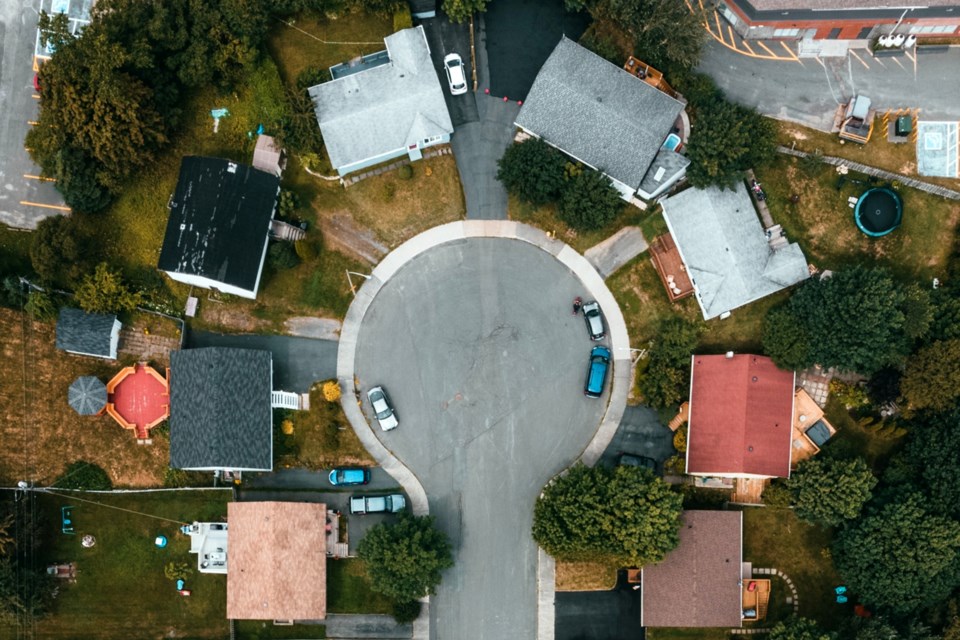Cul-de-sacs aren’t the easiest streets to clear snow from, with almost 100 people complaining about snow removal on the circular streets in January.
This is roughly double the 2018-2022 January average for complaints, prompting Ward 5 Coun. Mike Parent to raise the issue during this week’s operations committee meeting.
A cul-de-sac resident himself, he said the city does a decent job of snow-clearing in his community, but that some residents have contacted him “repeatedly” with concerns.
“It seems to be a very popular choice for developers, obviously cul-de-sacs are very marketable,” city Growth and Infrastructure manager Tony Cecutti said.
“From an operational perspective, they’re not the nicest thing to have to deal with. If I had my choice we would ban the use of cul-de-sacs if my only priority was operations.”
There’s little room between driveways, which he said “leaves very little choice for maintenance operations of locations to put the snow, so we do have policies that require us to go in twice, which is another challenge.”
The city does their best to disperse snow evenly, but he said that in years with significant snowfall, they can expect to see more complaints.
“We have been looking at it as part of our continuous improvement,” Linear Infrastructure Services director Brittany Hallam said. “We always want to see if we can do something better.”
Areas flagged by residents as frequent problems have been looked at more closely, she said, noting that every cul-de-sac is different.
The city’s website clarifies that cul-de-sac snow clearing is performed in two steps:
- Step 1: A snowplow will clear the cul-de-sac to open up the roadway
- Step 2: A 4x4 truck, or loader, equipped with a plow will clean up what a snowplow has left behind.
They note there may be a delay between these two steps depending on the crews’ schedule, but that like all other city roads, they’re to be passable within 24 hours of snowfall.
Although the province allows the city to suspend standard timelines for snow clearing in the event of a significant weather event, Hallam noted that the city was able to have a snowplow make at least one pass of city streets within 24 hours of each snow event ending in the 2022-2023 season. That is, aside from cases where snowplow drivers missed streets due to human error, which she said tends to happen most commonly early in the season when they’re new to routes.
From October 2022 to January 2023, 185.7 cm of snow fell in Greater Sudbury, which is close to the 10-year average (2012-21) of 187.4 cm for the same time period.
Last year, 297.1 cm of snow fell in Greater Sudbury, which is slightly shy of the 10-year average of 313.9 cm.
In 2022, the city recorded a deficit of approximately $2 million against a winter control budget of $22.4 million. One month into 2023, the city recorded a surplus of approximately $533,000. The city’s winter control budget depends on what winter has in store for Greater Sudburians, with city staff charged with maintaining roads to standards set by city council regardless of the budget. The city’s winter maintenance budget jumped to $24.2 million this year.
Tyler Clarke covers city hall and political affairs for Sudbury.com.
